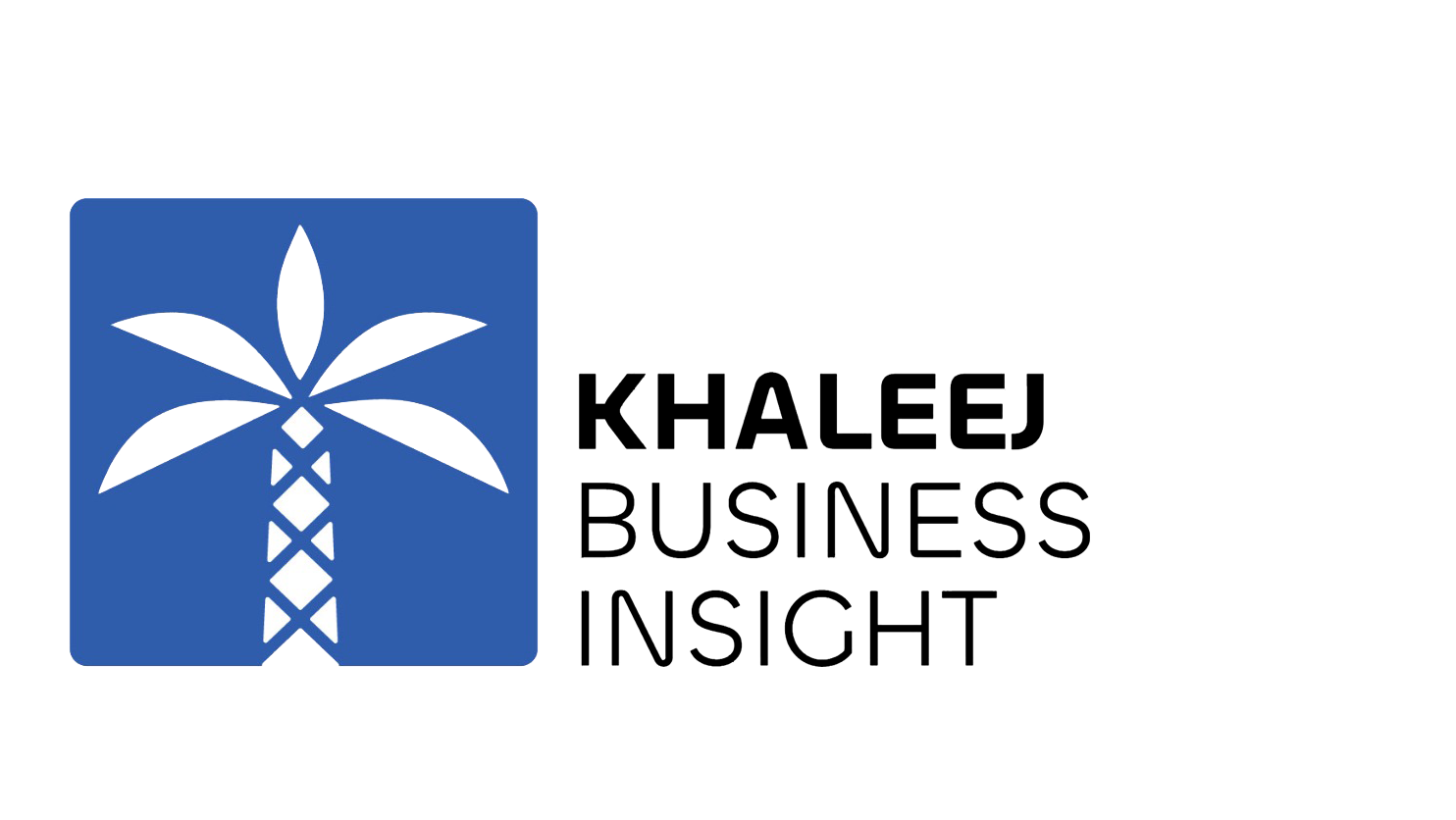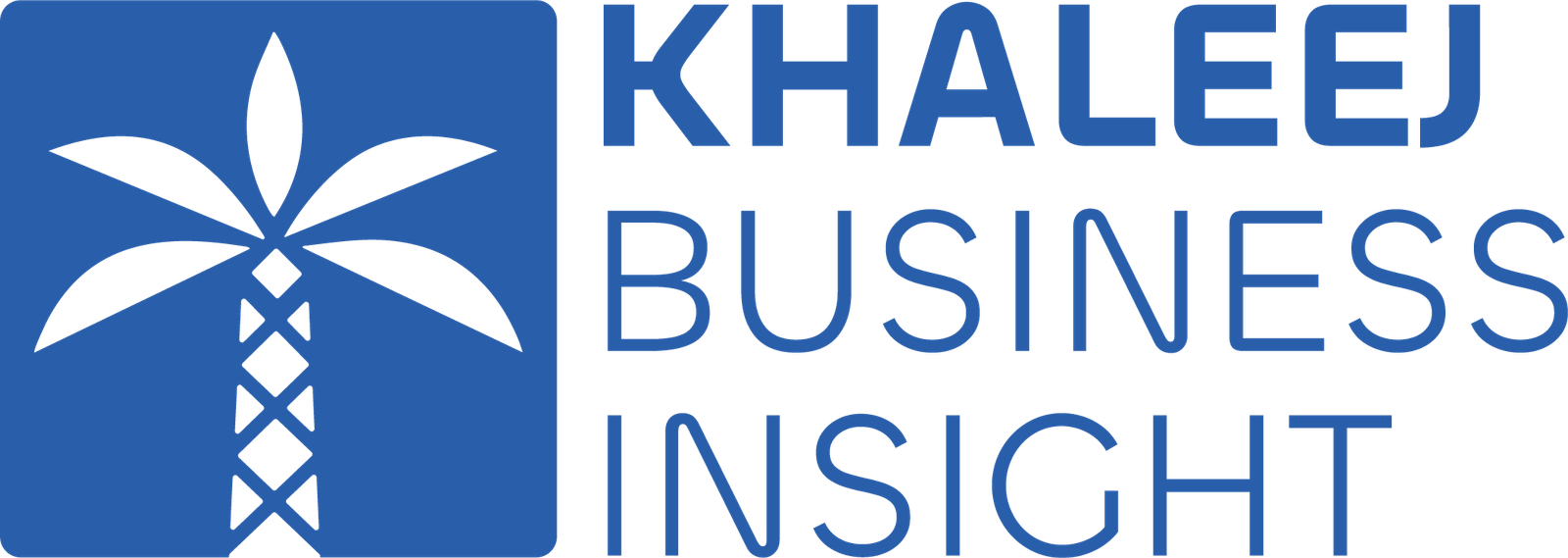Qatar trade prices are sending clear signals about the health of the global economy. Economists and investors closely monitor them as they act as real-time indicators of demand and market sentiment. Currently, they suggest slower global growth, while also indicating controlled inflation. This balance points to stability in an otherwise uncertain environment.
First, Qatar resource values show that broad indices remain well below their past peaks. Even so, these indices have moved within a narrow range this year. The stability challenges extreme expectations of either rapid expansion or severe recession. Moreover, steady price levels underline ongoing strength in construction and industrial activity. This performance supports the broader trend of disinflation.
Second, the copper-to-gold ratio continues to decline, providing another signal for investors. This ratio often reflects expectations for growth and inflation. If markets expected strong expansion, copper would rise faster than gold. Instead, gold maintains strength, showing investors prefer caution over risk-taking. This trend aligns with a moderate slowdown outlook and steady inflation control.
Third, Qatar precious metals pricing remains near historic highs as investors seek safety. Many traders turn to gold when political and economic risks increase. Silver has gained some ground, pointing to revived industrial demand. However, silver still trails gold, reinforcing a cautious investor mood. This highlights both geopolitical tension and the search for stability.
Furthermore, Qatar industrial metals market also shows resilience in base metals such as copper, aluminum, and nickel. These metals are essential for electric vehicles and artificial intelligence, and Asian markets continue to fuel demand. Their gains provide optimism in technology-driven sectors. Still, this strength has not changed the overall cautious view of global growth. Investors remain focused on balance rather than rapid expansion.
Finally, the contrast between gold and silver gives further insight into expectations. Silver usually leads gold during times of strong economic growth. Yet, the current dominance of gold shows investors do not expect a boom. Industrial metals moving sideways confirm this steady but slow outlook. Together, these movements reinforce the idea of a soft landing.
The Qatar market commodities paint a picture of moderation and caution. They show slower global growth but little sign of runaway inflation. Investors appear comfortable with a path of stability and disinflation. This outlook offers reassurance to policymakers and businesses in a period of political and trade uncertainty.





